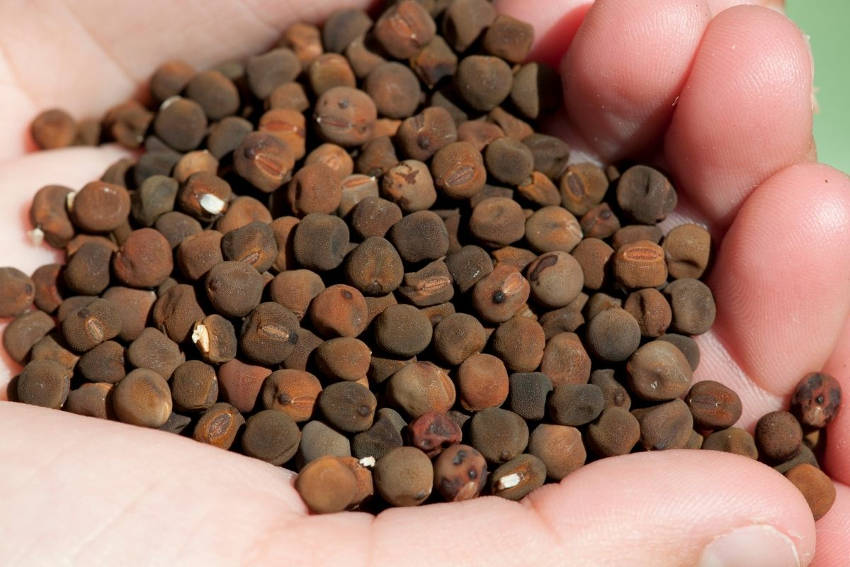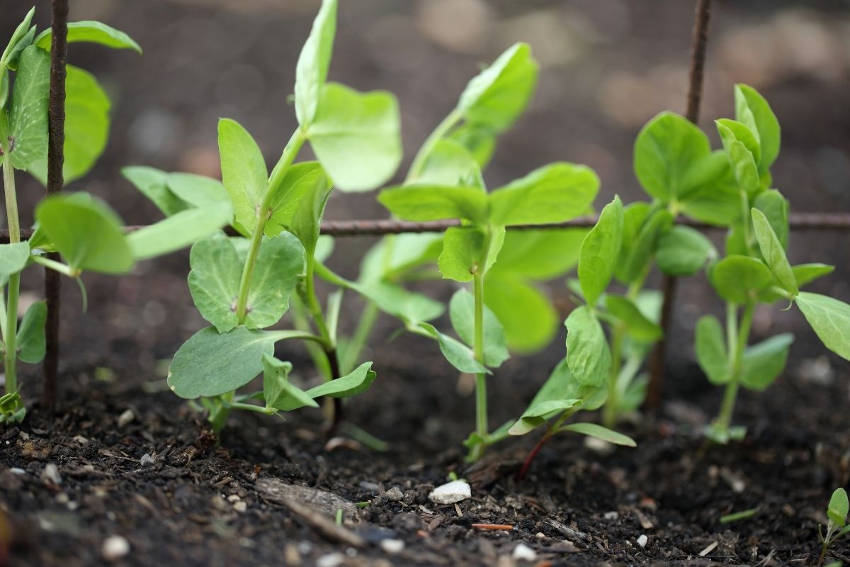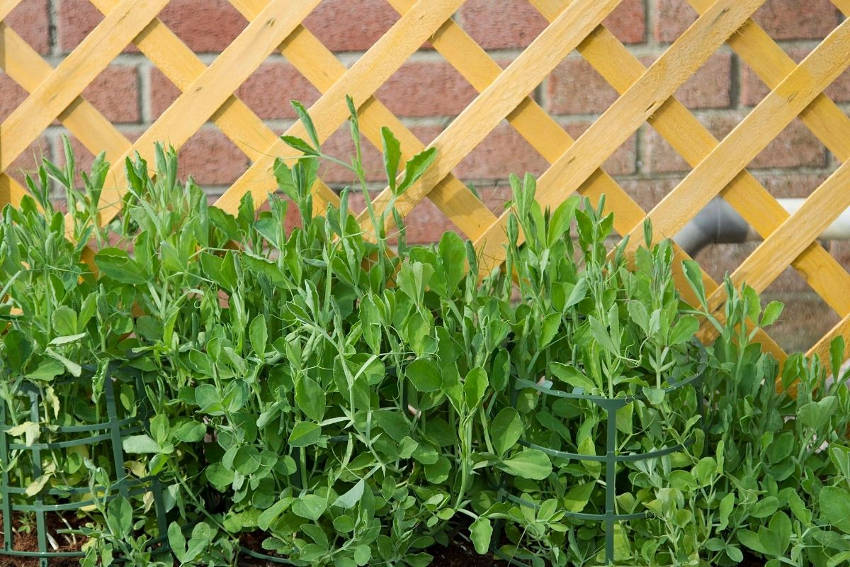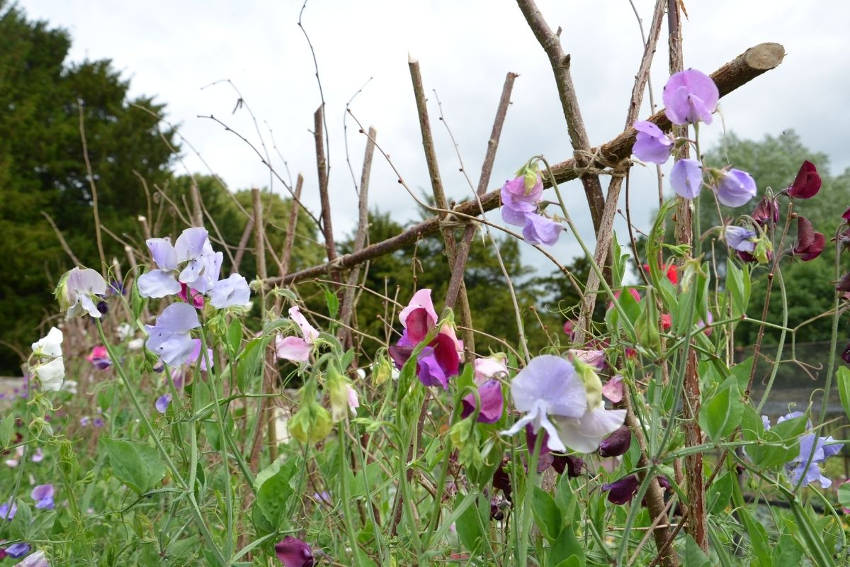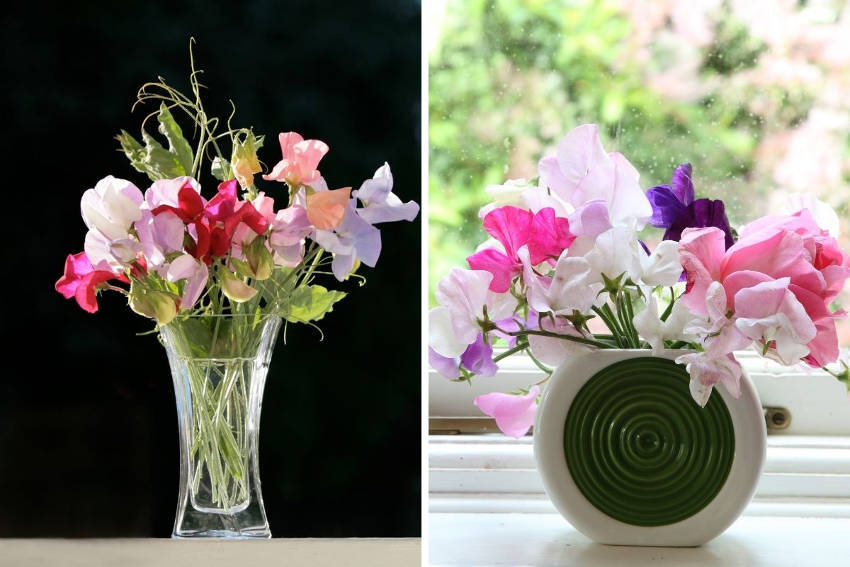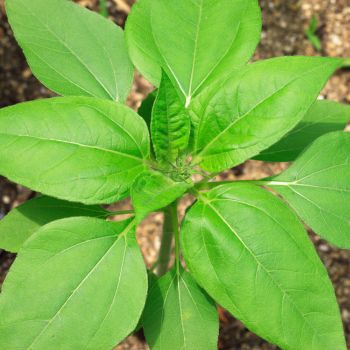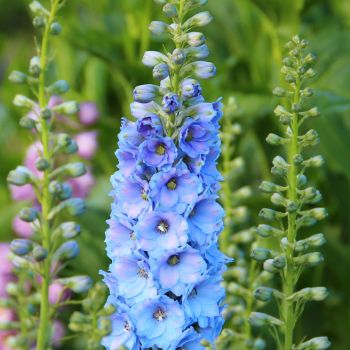Sweetpeas (Lathyrus oderatus) are native to the Mediterranean, where their tendrils climb up any available wall, spreading their gorgeous scents and colors. The showy flowers come in all tones of white, purple and pink, but nobody has yet managed to breed a yellow one!
St Patrick’s Day is fixed in the Australian gardeners’ diary as the day to plant these climbing annuals. In Ireland, the weather is still wet and cold so Irish gardeners would never dream of planting them outdoors at that time of year. Sweetpeas stay true to their European roots and prefer cool soil to germinate. If there’s a risk that your soil may be too hot in mid-March, avoid disappointment and start them off indoors or wait for a few more weeks to sow them directly outside.
Which Sweetpea?
Sweetpea seeds are either early, mid or late flowering. It’s important to choose your sweetpeas to suit your climate as well as the season you intend to sow them. All seeds can be sown in autumn or spring, but different varieties are bred to suit early or later flowering based on the hours of daylight available.
- Very early flowering varieties require only 10 hours of daylight per day to flower.
- Solstice varieties flower in winter, but you can plant right through winter into spring.
- Multiflora is an early flowering variety that’s popular for cut flowers and good for warm climates.
- Early flowering varieties need at least 11 hours of daylight to flower.
- Mammoth has large flowers and is suitable for warm climates. These will flower for long periods provided you cut the flowers regularly.
- Streamers varieties produce large, showy flowers streaked with white.
- Late flowering seeds require 12 hours or more of daylight daily.
- Spencer has large, frilly flowers with a gorgeous scent. These are a favorite in England so they are good for temperate climates.
- Dwarf varieties are perfect for containers and hanging baskets, as they do not have large, trailing stems. They do not require support so can be grown without a trellis.
- Perennial sweet peas. All the varieties above are annuals but Lathyrus latifolius, the Everlasting Sweetpea, produces white flowers year after year. Just be careful to mark these with a label after flowering so they don’t get dug up by accident. Usually, these have no scent but the white flowers add a really distinctive look to a vase of colored blooms.
7 tips for successful growing
- Soak seeds in water for 24 hours before you plant. The seeds should swell noticeably. Scarifying can also help improve germination; this means gently rubbing the outside of the seed with fine sandpaper, at the point where the root emerges, just before you plant it. Both pre-soaking seeds and scarification are not essential but can help improve germination. Once seedlings sprout, keep the soil moist and water the pot or ground whenever the soil looks dry.
- Prepare the beds properly. Sweetpeas have very deep roots, so make sure you dig a trench at least 60cm deep so that no weeds with long roots can compete with them. Choose a site with as much sunlight as possible, good drainage, and excellent soil. Add a layer of compost and aged manure into the trench before you sow the seeds and mix it in well.
- Get the soil PH right! Sweetpeas are unforgiving if the soil pH is acidic or poor. A pH of 7-8 is perfect; add lime or dolomite to ‘sweeten’ acidic soil to make it more suitable. 100g per square meter spread by hand and then watered in is usually enough.
- Sow seeds 25mm deep at 15cm intervals. The spacing is important because growing seeds too closely together causes leaf mildew, so give them the recommended space. Generally, sweetpea seeds are sown direct in the garden, but it’s possible to start them indoors in pots while you wait for your soil to cool in autumn. Soil temperatures from 13-18°C are suitable for germination. Adding a mulch after planting will ensure that the soil is cooler, which aids germination and is highly recommended for warm climates.
- Pinch out seedlings when they reach 10-15cm. Just cut or pinch off the central growing tip, leaving 2-3 sets of leaves. This encourages the plant to branch sideways, resulting in more stems. This means you can pick more flowers on all those sideways stems. Who doesn’t want more of these gorgeous flowers?
- Provide support. A tripod or bamboo trellis is perfect, or train them up a fence in a sunny position. Sweetpea tendrils seek out anything to connect to! Traditionally farmers used ‘Pea sticks’, which are stakes from other branches cut to size but small enough for the tendrils to grip. You can guide the tendrils around the support too in the early stages. Children love helping! Don’t tie too tightly or the tie can dig into the stem as the plant grows.
- Pick flowers often. The more you pick, the more they grow! If you leave flowers on the stems the plant will try to go to seed, so even if you’re not picking flowers for the vase, deadheading is important. For cut flowers, pick stems when there are at least two unopened buds at the tip.
Be warned that unlike peas grown for vegetables, sweet peas can be toxic if eaten by children or pets, so store them high and make sure they are not consumed.
Sweetpeas are a nostalgic garden favourite, and growing them well rewards you with bountiful blooms and a fragrance that’s hard to beat.
